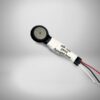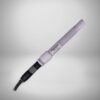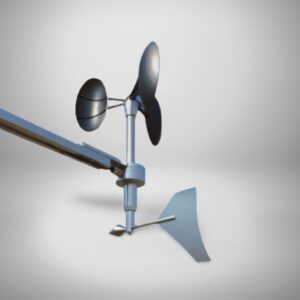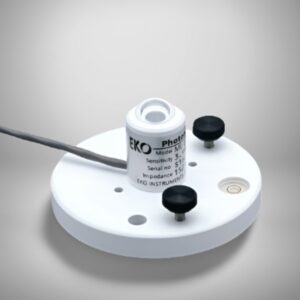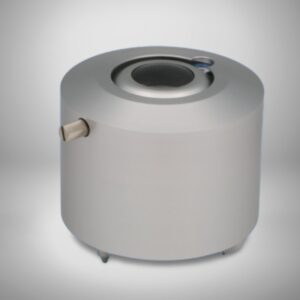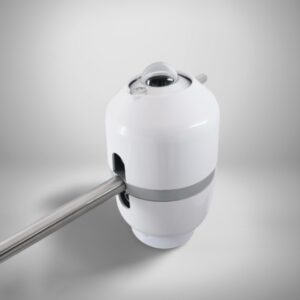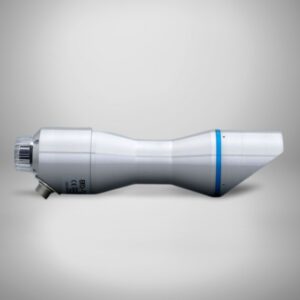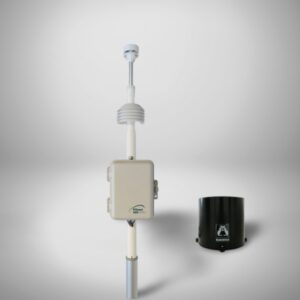Agriculture weather monitoring is the process of using advanced monitoring systems to gather valuable insights and data about local weather conditions that impact crops and farming operations. This helps farmers and agricultural operators make informed decisions about their practices, especially in regions where the weather can significantly affect crop yields and farm operations.
Agriculture weather monitoring is crucial for modern farming practices because climate change is affecting weather patterns. By understanding local weather patterns, farmers can make informed decisions that improve their practices and ensure the success of their operations. This helps increase efficiency, productivity, and profitability in their operations.
Weather stations provide real-time data on weather conditions like temperature, humidity, wind speed, and precipitation, giving farmers and agriculture professionals the information they need to make informed decisions about crop management. This helps optimize crop yields, reduce water consumption, and minimize the use of pesticides and fertilizers. Using weather stations can ultimately help increase profitability and sustain the agricultural industry.
Agriculture monitoring systems can benefit researchers by providing valuable data for analyzing the performance of the system, identifying areas for improvement, and ensuring the accuracy and reliability of the data collected. This data can then be used to develop and test new agricultural technologies and practices, leading to increased efficiency and sustainability in the agricultural industry. Researchers can also conduct on-farm research and trials using data collected from agriculture monitoring systems, providing valuable insights into the effectiveness of new technologies and practices in real-world farming conditions.
Farmers can improve their agriculture monitoring systems by evaluating their systems to identify any issues that might impact their effectiveness in providing useful data. If they notice any deviations during the evaluation process, they can use this information to make improvements to their system, such as repairing or upgrading components or the agriculture management system. Ultimately, the goal is to ensure that they have the best possible tools to manage their crops and improve their operations.









